Across the country, billions, maybe even trillions of cicadas are emerging from the ground in accordance with their natural life cycle and rhythms.
However, people in some areas who ordinarily experience cicadas may find that the outdoor scene is mysteriously silent. The reason for this has to do with the development of the country in recent years, people destroying previous cicada homes, and the spreading out of cicada populations.
Periodical Cicadas
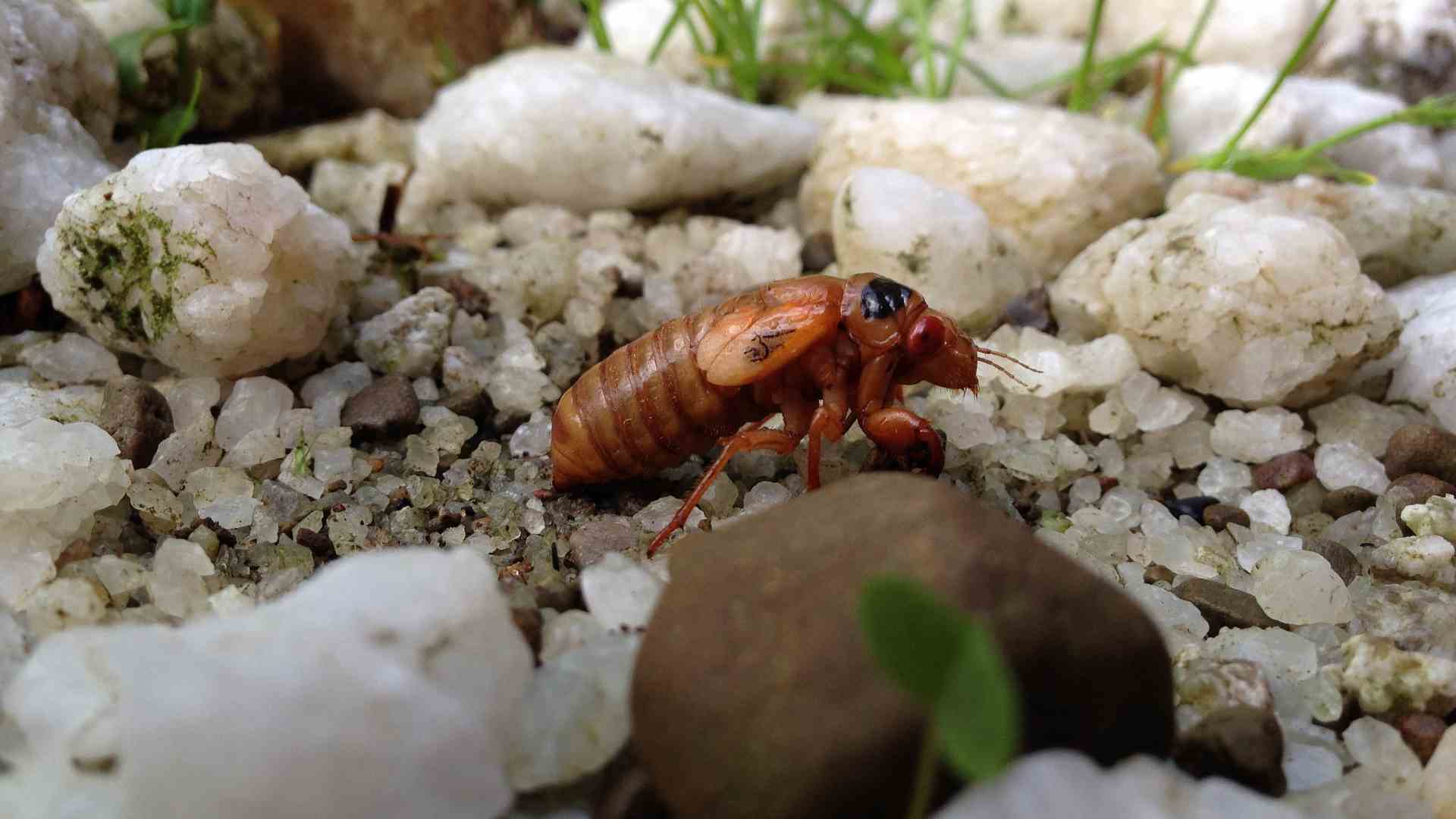
2024 is a special year for Cicadas because of a special double-emergence event from two broods of periodical cicadas that will overlap geographically.
In contrast to annual cicadas, which pop out every year, periodical cicadas are on fixed intervals. The current periodical cicada broods are 13-year and 17-year cicadas, which have synced up for the first time in over 200 years.
Super Emergence
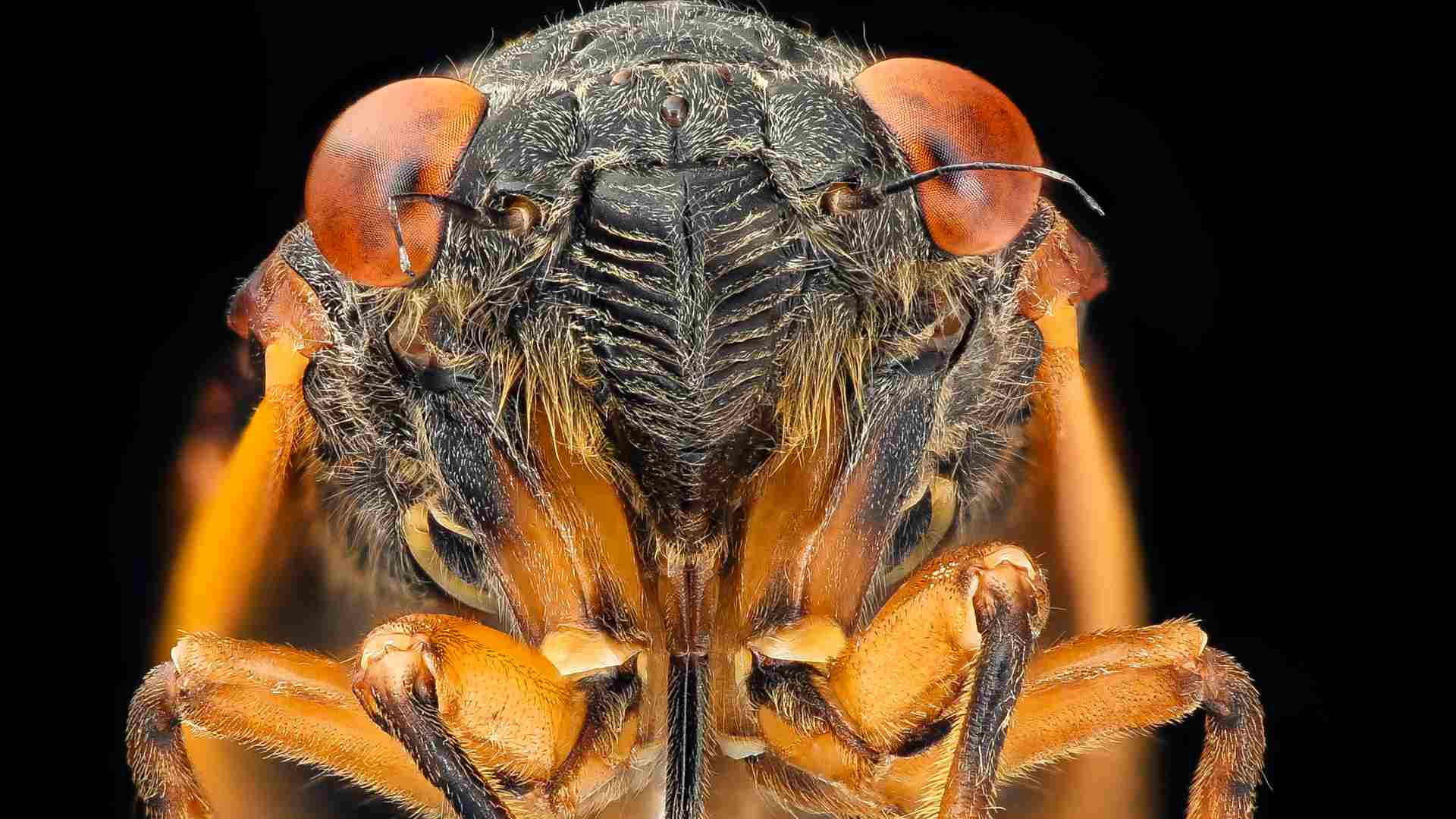
The emergence of this double brood event which could see trillions of cicadas swarm across America and might be seen in as many as 17 states.
“Billions, even trillions, of cicadas are going to emerge at the same time across 17 states,” said Chris Simon, a professor in UConn’s Department of Ecology and Evolutionary Biology.
Long Time Coming
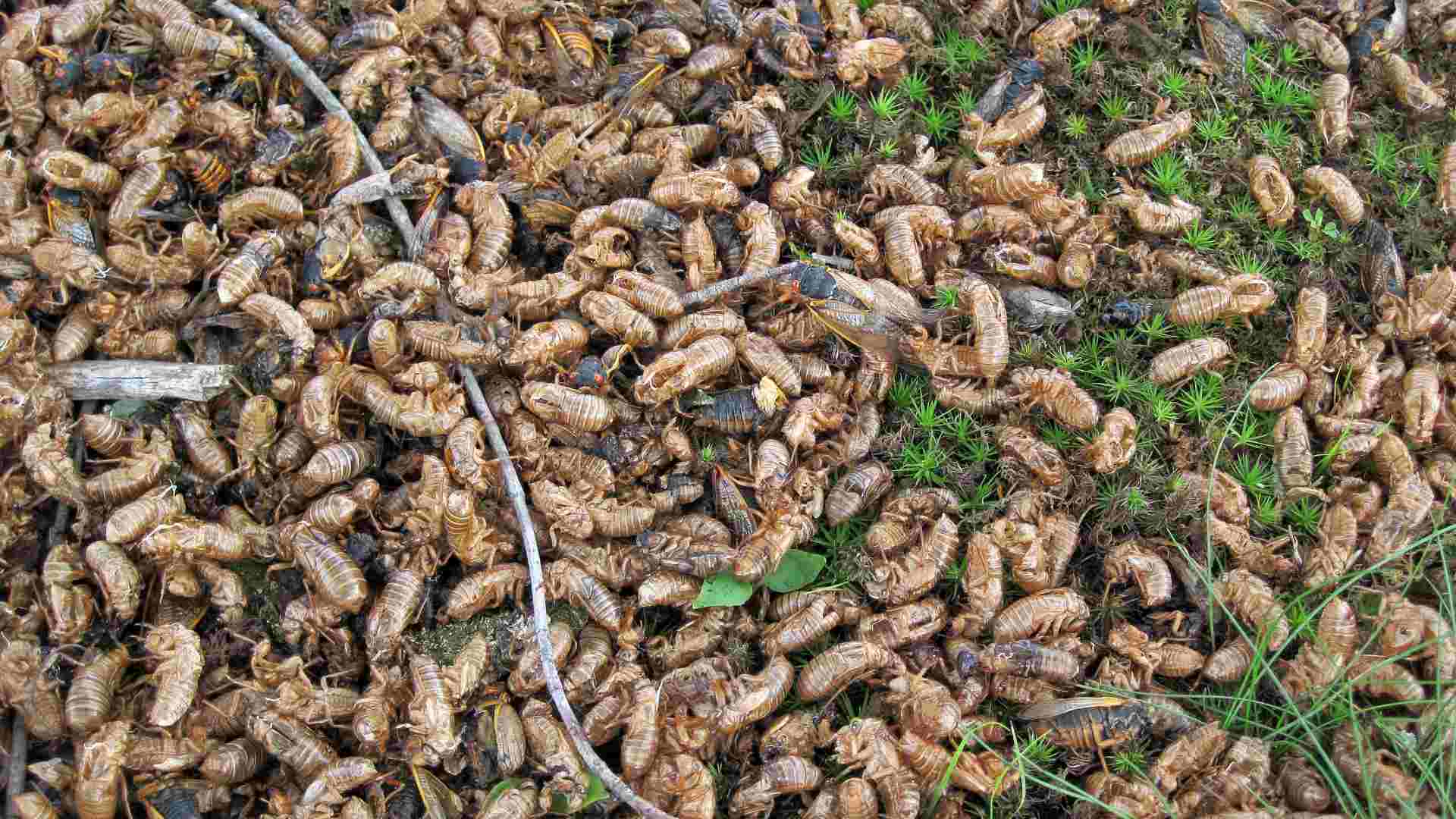
Since it has been such a long time since periodical broods have emerged, people may not realize just how much planning and city development can happen in that time.
“If you’re making a subdivision and you cut down all the trees in a two square mile area, cicadas don’t disperse very far,” said Jim Louderman, a collection’s assistant at Chicago’s Field Museum of Natural History. “When you cut down the tree that the cicada is living on as a nymph underground, they die.”
Rebuilding Populations
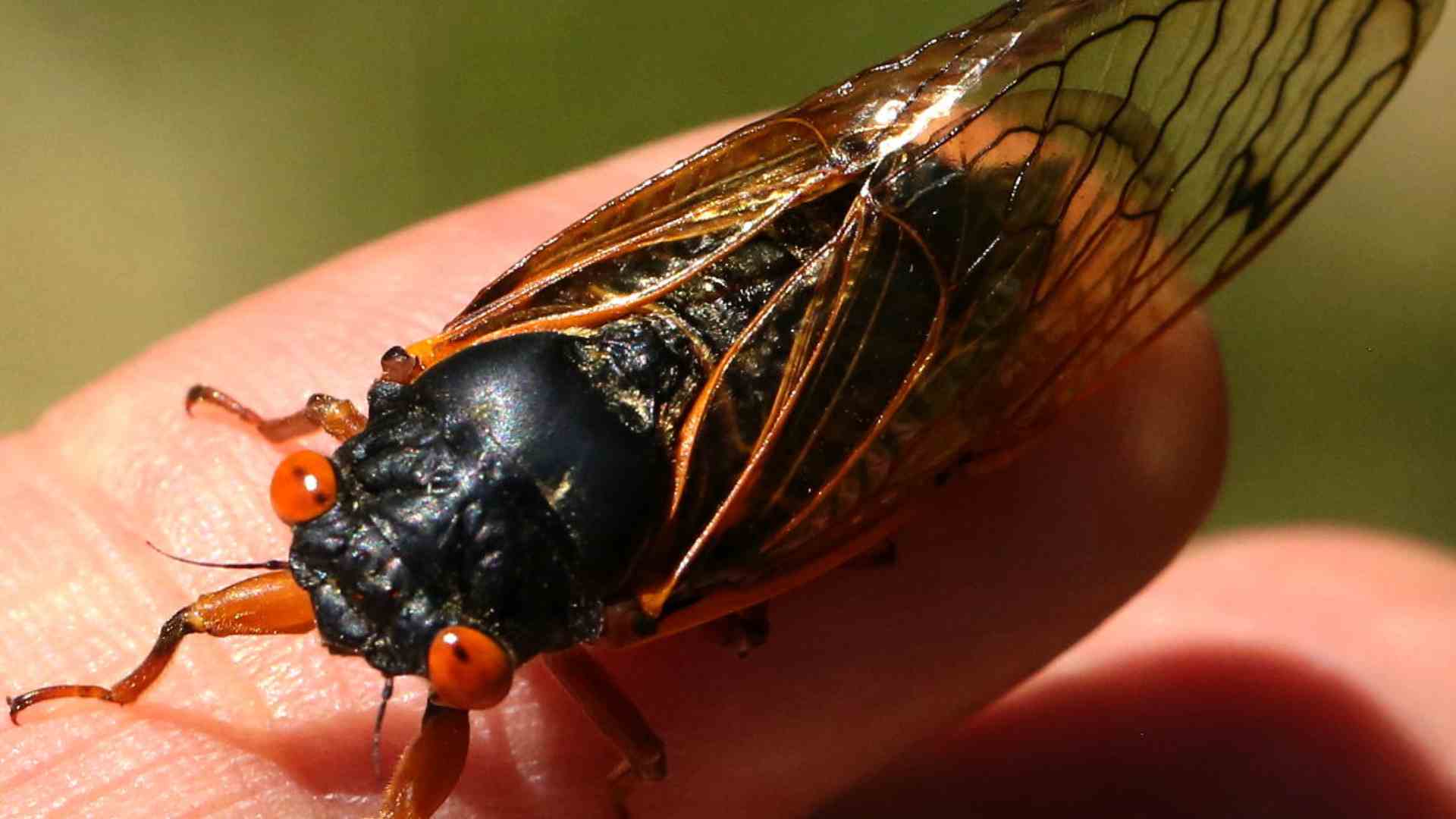
If a population of cicadas in an area are killed by cutting down their home it can take decades for dispersed cicadas to effectively rebuild this loss in population.
“If an area is two square miles, and they disperse two blocks at a time, to get to the middle would be eight emergences of 17 years,” Louderman said.
Reproduction Strategy
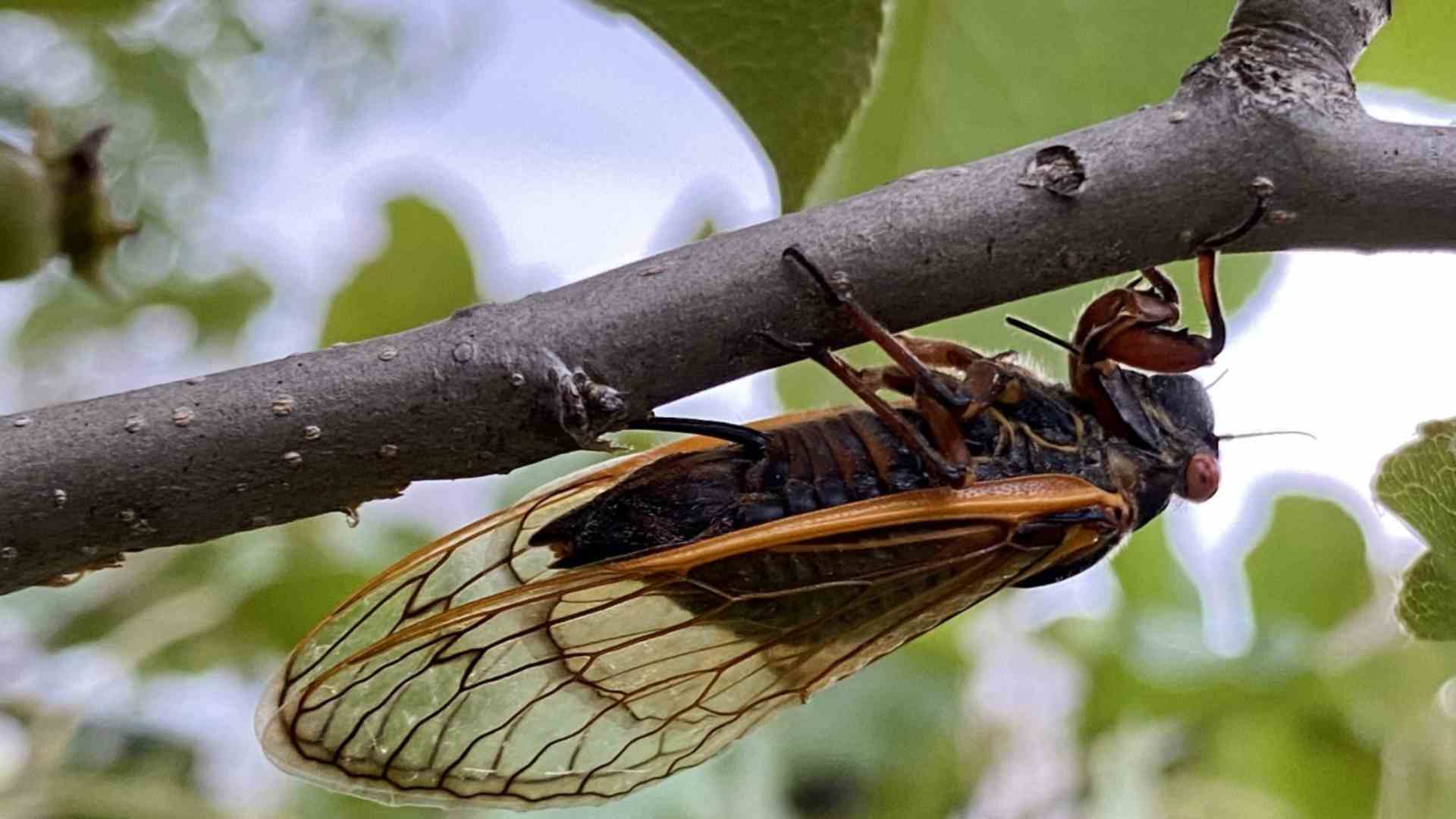
It may seem strange, given a cicada’s short life span, they they spend so long underground before coming up to the surface in droves for only a short time.
However, this strategy has allowed them to persist, since the massive influx of cicadas means that predators have a harder time exterminating or consuming them all.
Short Time To Survive
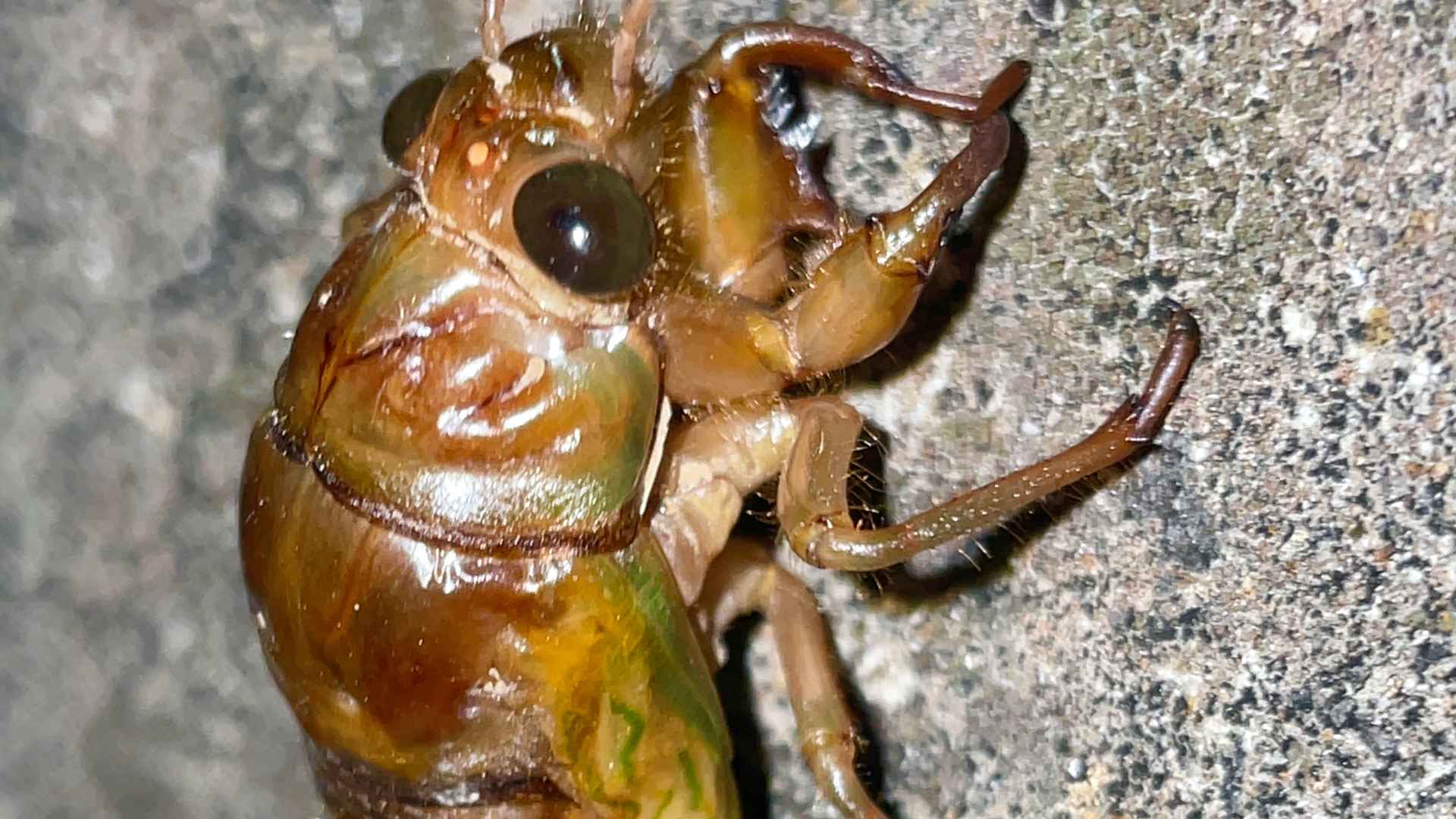
When periodical cicadas emerge they come out within weeks of each other, typically during a fixed time that doesn’t vary much. In that short time, which is around ten days, male cicadas must find a mate so that eggs can be laid in the soil.
As larvae, periodicals must survive for years in the soil and can be threatened by lawn chemicals, deforestation, and pesticides, making them extremely vulnerable during this time.
Rare Blue-Eyed Cicadas
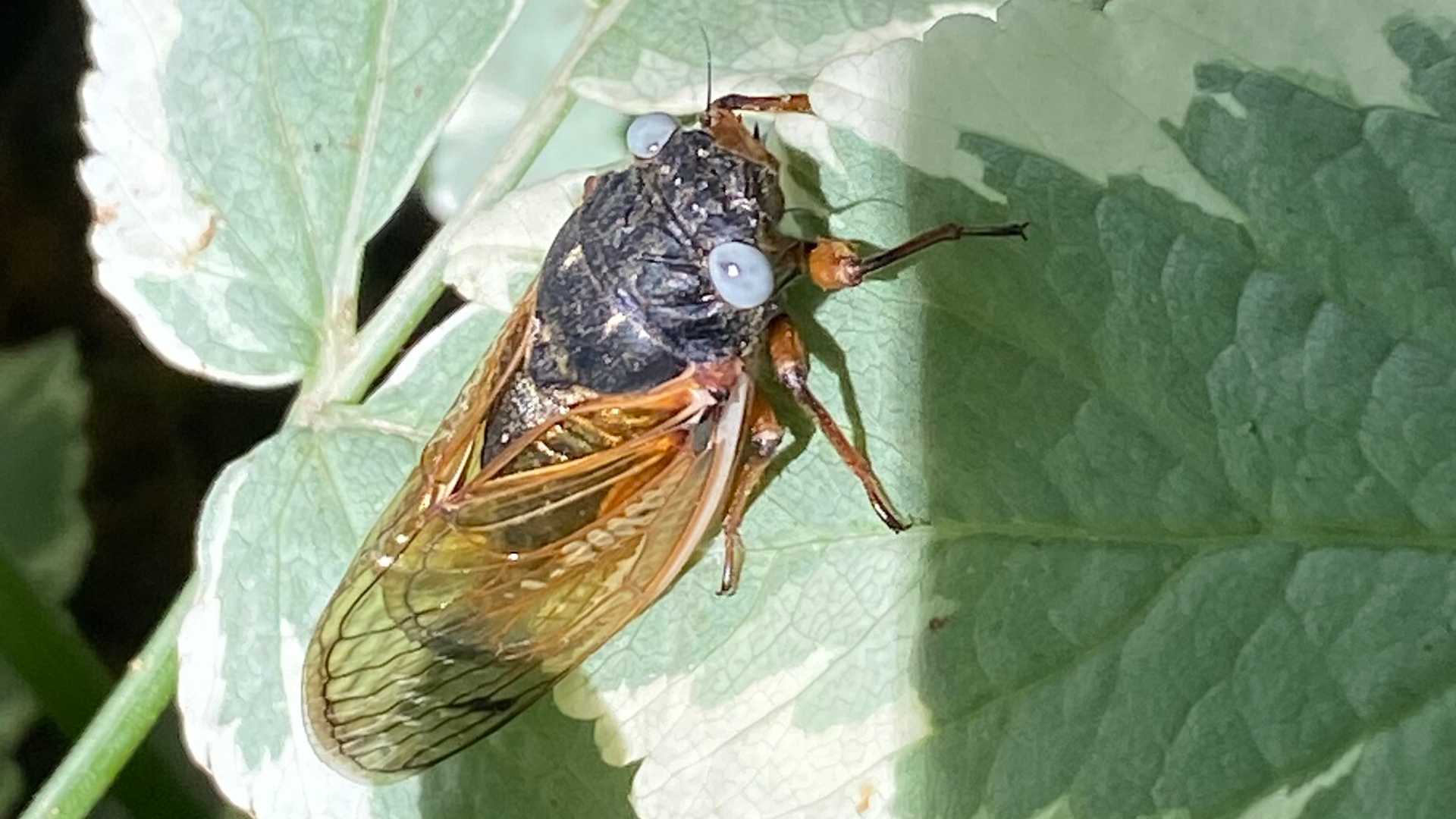
Even more rare than the double brood event is the possibility of seeing cicadas with blue eyes. Typically cicadas have red eyes, but around one-in-a-million cicadas also have a rare genetic mutation that makes their eyes blue.
“I have also seen two emergences of Brood X in Indiana and two emergences of Brood XIX in Central Illinois,” said Louderman. “These rare [blue-eyed] insect emergences are always infertile and can not have offspring, which is why they remain so rare.”
Buzzing Sound
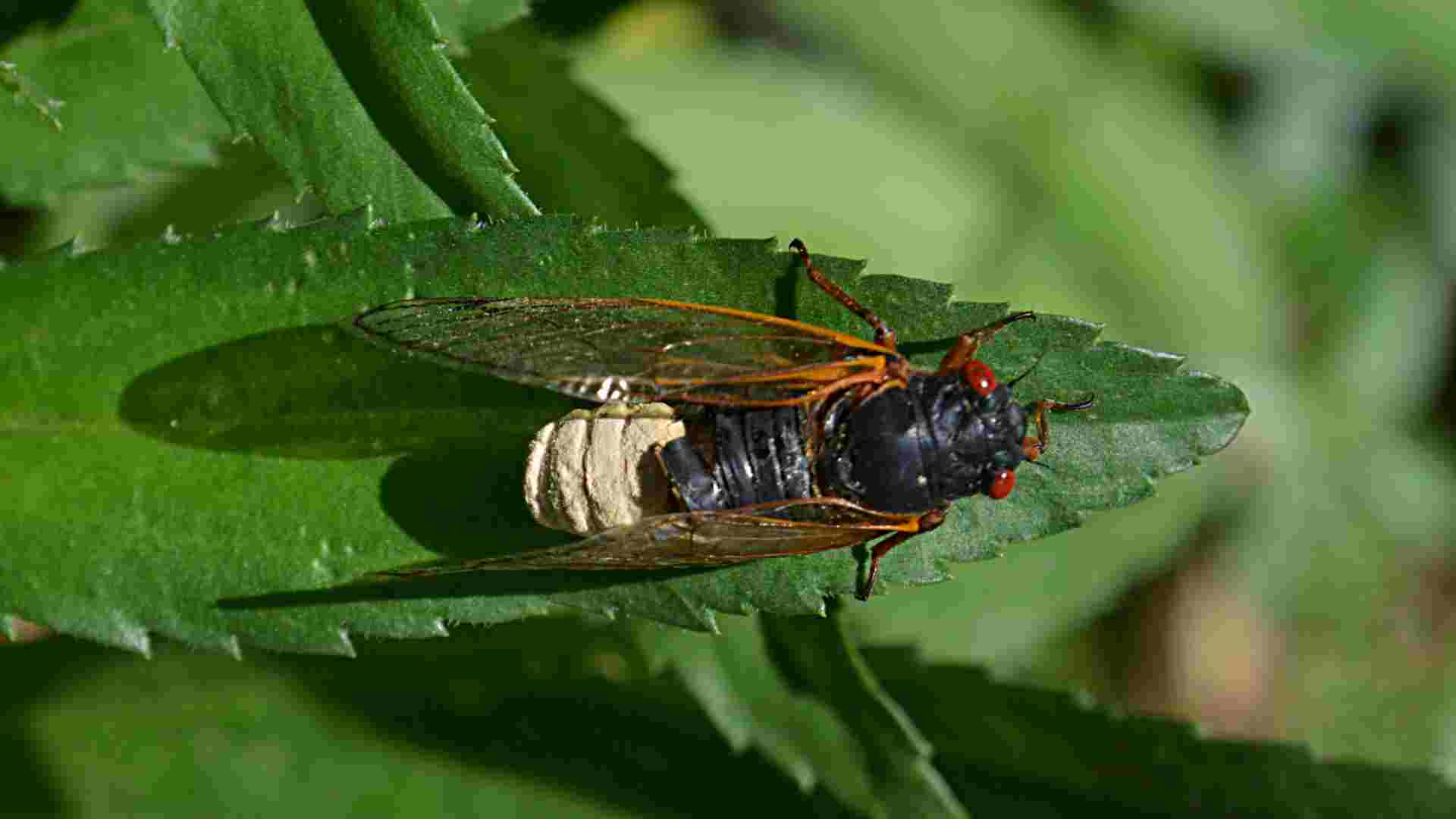
The typical buzzing sound heard by cicadas is the noise created by males hoping to attract a female to propagate the species.
This sound is made by male cicadas which contract their tymbal muscles, bending them and causing a clicking sound when it springs back into place.
Why is This a Rare Event?
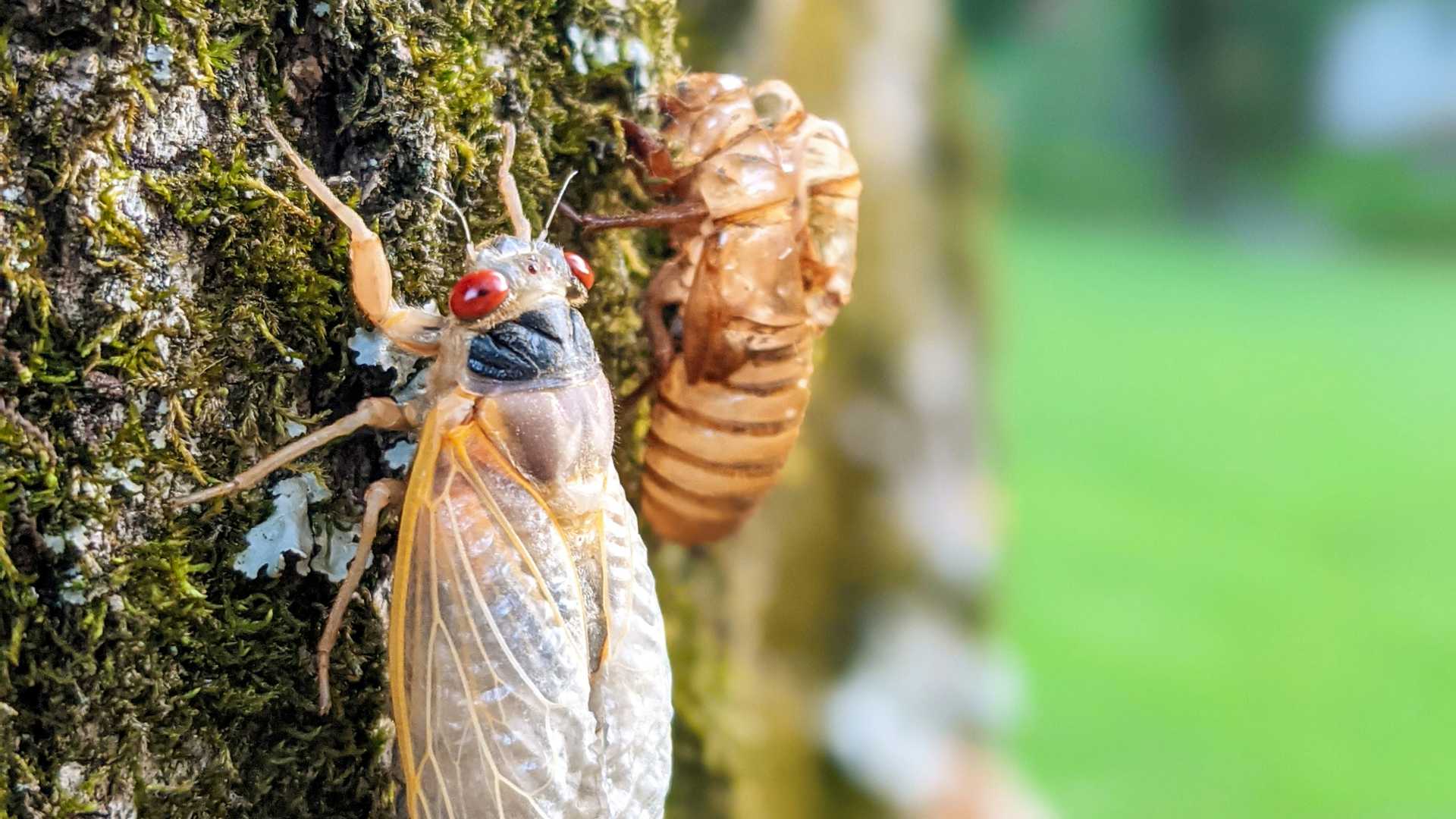
People may have differing opinions on how fortunate or unfortunate they might feel missing out on the double brood event and buzzing, but it is undoubtedly a rare event.
“The co-emergence of any two broods of different cycles is rare, because the cycles are both prime numbers,” said John Cooley, founder of the Periodical Cicada Project and a professor in UConn’s Department of Ecology and Evolutionary Biology. “Any given 13- and 17-year broods will only co-emerge once every 13 x 17 = 221 years.”
Overlapping Likelihood
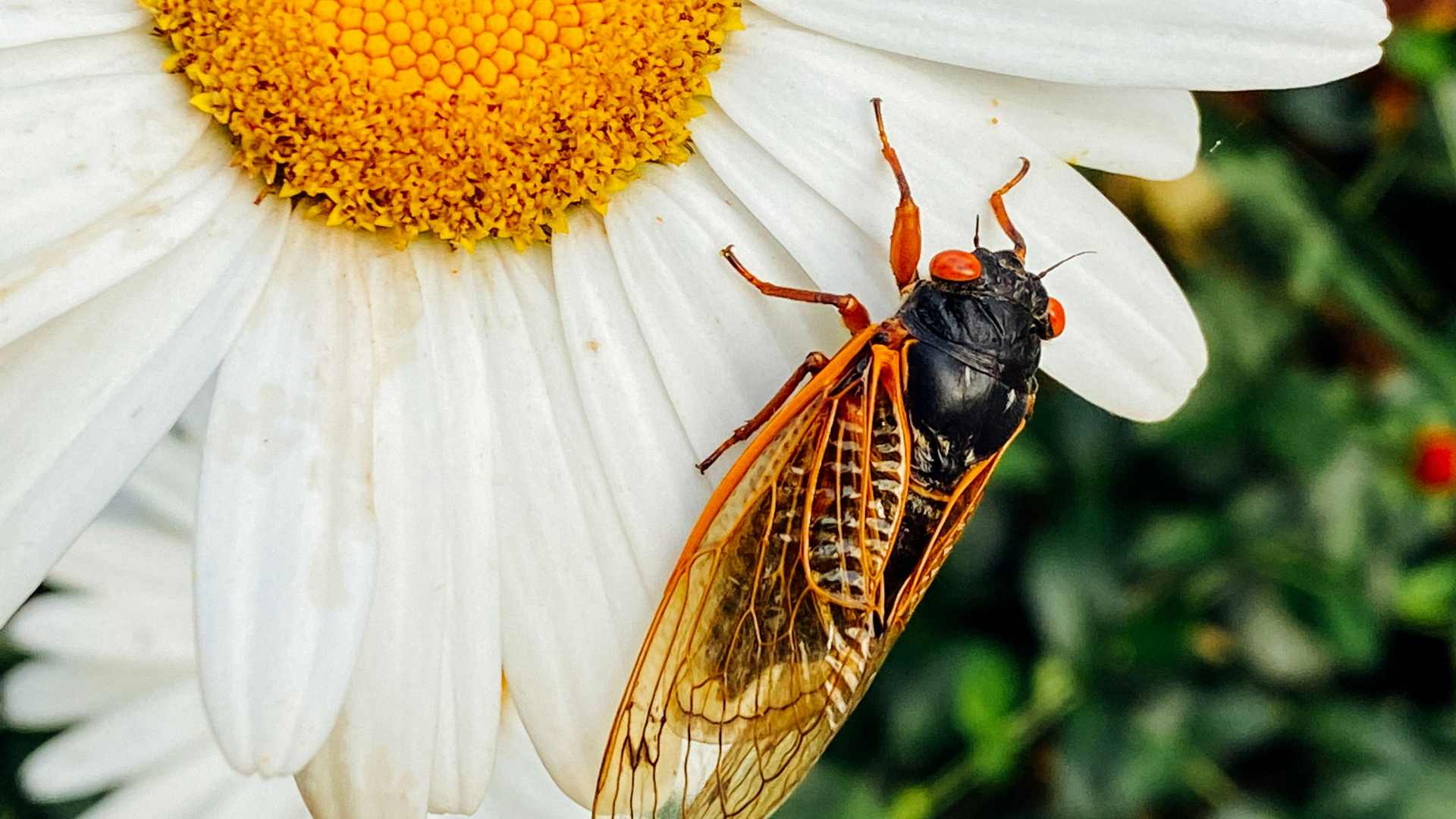
Another reason besides local human development why someone might miss out on seeing or hearing cicadas is because the current overlapping broods are very spread out.
“The broods won’t overlap significantly due to the latitudinal spread involved,” said Cooley. “But there will be a lot of cicadas … just as there are a lot of ants, flies. Insects come in large numbers.”
Previous Event
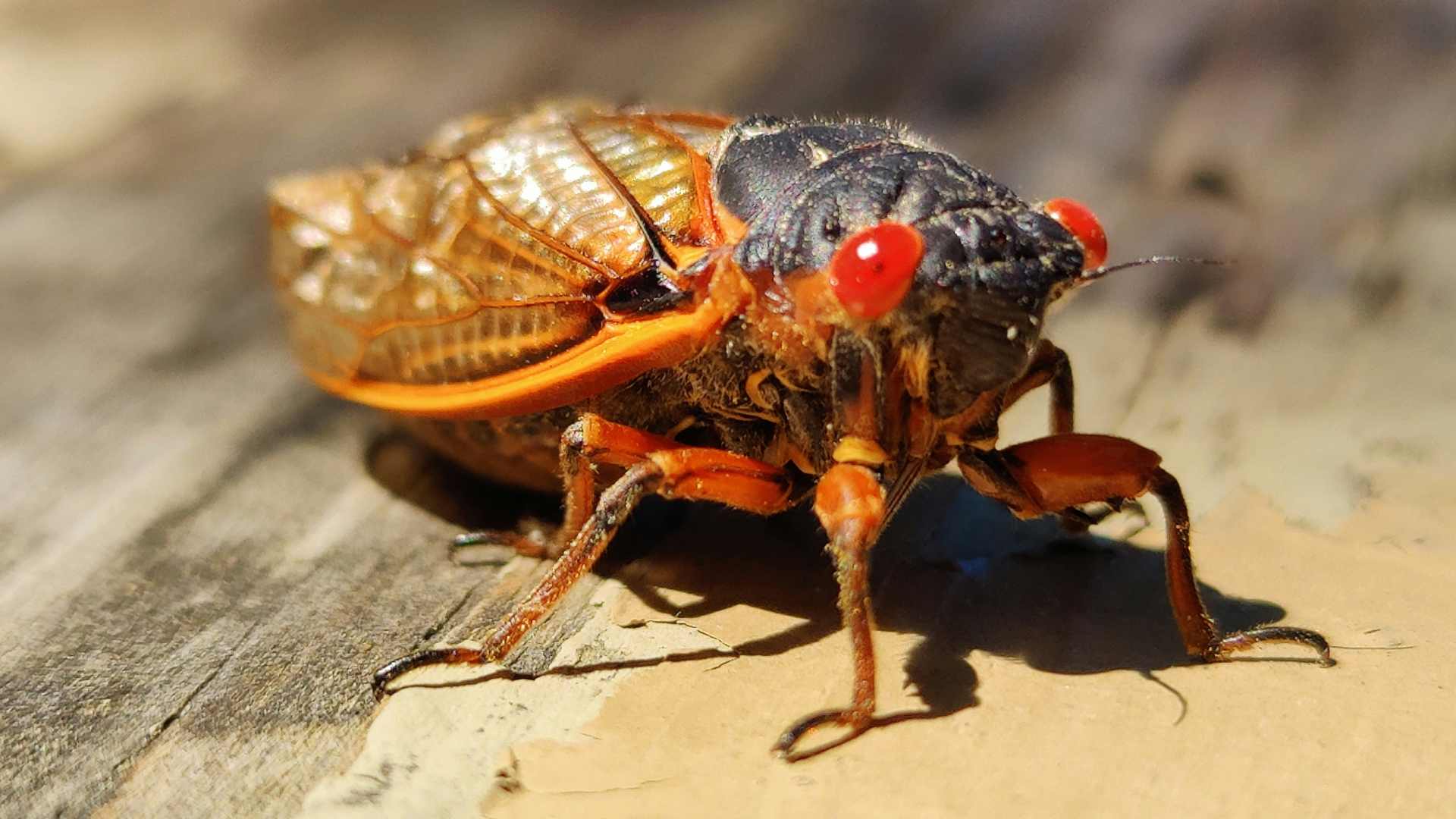
While double brood emergences have happened in more recent times, getting to them overlap significantly in the same areas is much rarer.
“2015 was the last time a 13-year brood emerged with a 17-year brood, when Brood XXIII emerged with Brood IV. However, the two broods weren’t geographically close,” Simon said. “Similarly, adjacent Brood IV and Brood XIX both appeared in 1998 but, again, weren’t close.”
